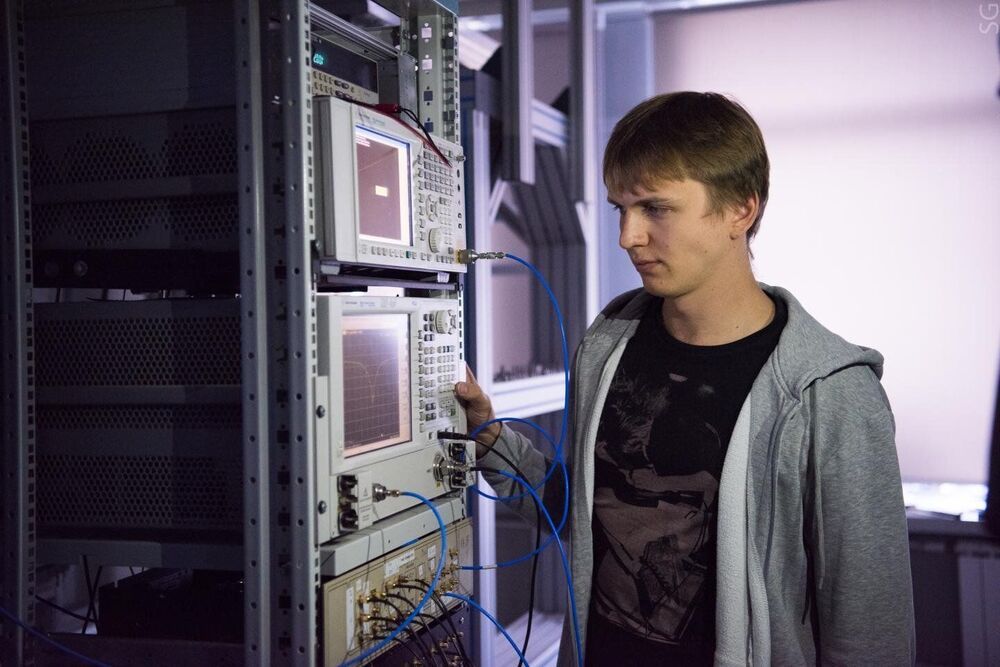University of Colorado Boulder researchers have discovered that minuscule, self-propelled particles called “nanoswimmers” can escape from mazes as much as 20 times faster than other passive particles, paving the way for their use in everything from industrial clean-ups to medication delivery.
The findings, published this week in the Proceedings of the National Academy of Sciences, describe how these tiny synthetic nanorobots are incredibly effective at escaping cavities within maze-like environments. These nanoswimmers could one day be used to remediate contaminated soil, improve water filtration or even deliver drugs to targeted areas of the body, like within dense tissues.
“This is the discovery of an entirely new phenomenon that points to a broad potential range of applications,” said Daniel Schwartz, senior author of the paper and Glenn L. Murphy Endowed Professor of chemical and biological engineering.









